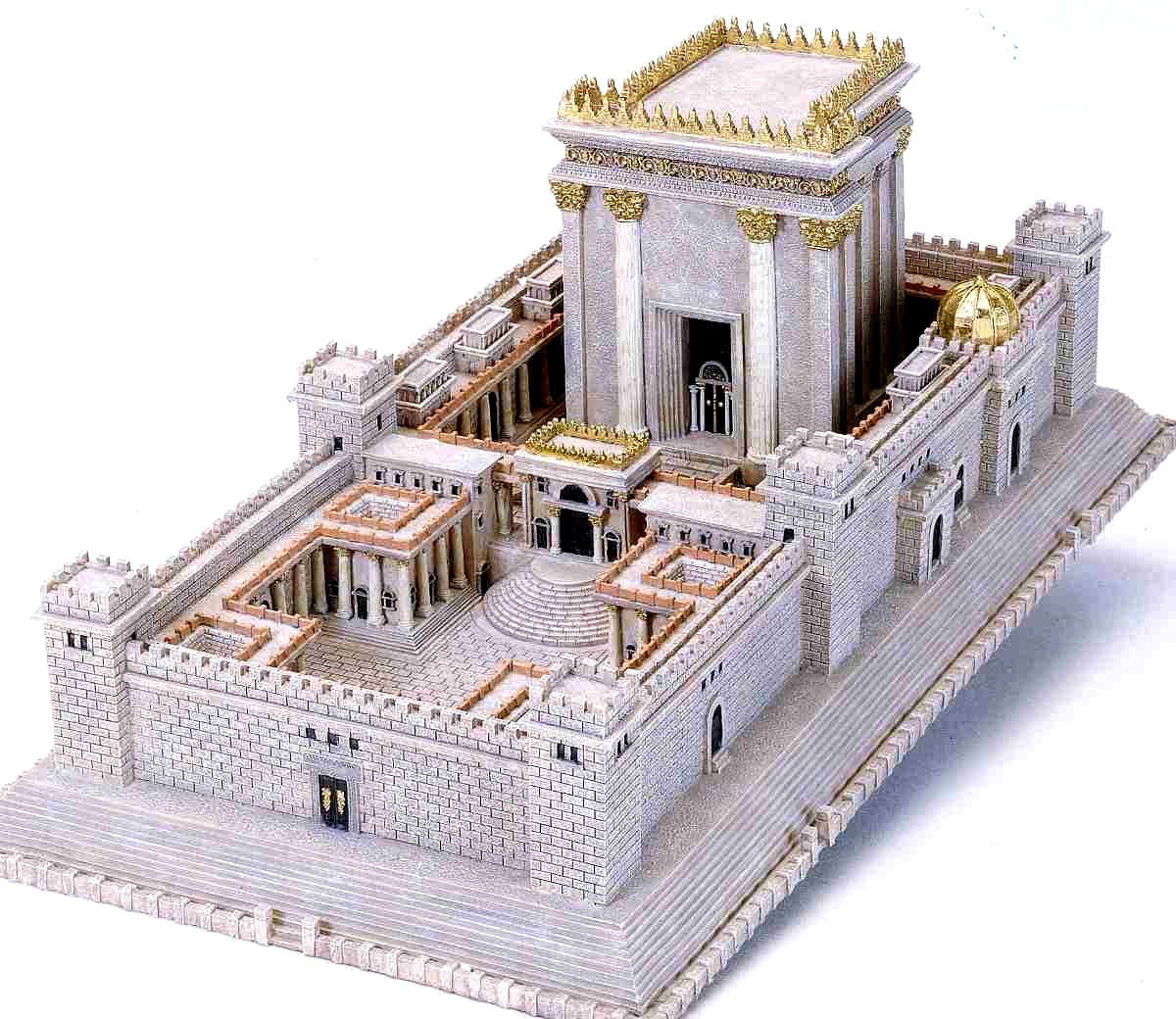The Mountain of Blessing and Life


“For there the LORD has commanded the blessing, life forevermore.” Psalm 133:3b
There’s a question I often ask my catechism students: where is the temple today? We all know that the temple and sacrifices of the Old Testament are gone. That’s all been fulfilled in Christ. We know that because the temple curtain tore top to bottom while our Saviour hung on the cross (Matt. 27:51). That was God’s announcement that this Old Testament institution was finished. But does that mean that the temple idea is altogether gone?
When I ask that question of my students, I expect a certain answer. Most students jump to the teaching of 1 Cor. 6:19 – our bodies are temples of the Holy Spirit. While definitely not a wrong answer, it is an incomplete answer. Because it is incomplete, we can sometimes struggle in making New Testament applications of Old Testament passages like Psalm 133.
Let me briefly fill out the New Testament’s answer to the question of the present-day temple. It begins with Christ himself. Referring to his own body, he said in John 2:19, “Destroy this temple and in three days I will raise it up.” Christ is the temple – he is God come to dwell among us. Christ’s body, the church, is also the temple. In 1 Cor. 3:16, the Holy Spirit says, “Do you [plural] not know that you [plural] are God’s temple and that God’s Spirit dwells in you [plural]?” The Spirit says the same thing in 1 Pet. 2:5. The church of Christ is the temple of God, his dwelling place. Then, yes, we do also find that individual Christians are also referred to as the temple of the Spirit in 1 Cor. 6:19. Finally, in Revelation 21, the entire new creation becomes the temple of God as he comes down to make his dwelling place with man.
Going back to Psalm 133, the Holy Spirit was first speaking about the temple as it existed on Mount Zion. He spoke of the unity of God’s people being like the dew of Hermon which falls on the tops of Mount Zion in Jerusalem — in other words, on the temple. The temple is where Yahweh “commanded the blessing, life forevermore.” The temple is where God’s people would go to make the sacrifices for sin which spoke of the promised reconciliation in the Messiah. As a place of blood and death it pointed to substitutionary atonement, and therefore, eternal life.
But how are believers today to find encouragement from these words? By asking ourselves, “Where is the temple today?” and then applying the New Testament’s four-fold answer.
First and foremost, God has commanded blessing and life forevermore in the temple of Christ’s body. He was where our sacrifice for sins was made. We have blessings because of what happened with the New Testament temple. We have eternal life because that temple was destroyed and then raised up again in three days – as Christ prophesied in John 2:19.
God has also commanded blessing and life forevermore in Christ’s body, the church. The church is where the means of grace point us to the gospel. The preaching of the Scriptures and the administration of the sacraments both tell us of God’s grace in Jesus Christ. The church is also where we’re discipled for life in Christ. God’s blessings are heaped upon us corporately through this manifestation of the New Testament temple.
What about the individual believer as a temple of the Holy Spirit? If we’re Christians, the Spirit has regenerated us. That has brought us the blessing of faith. That has connected us to Christ and life in him. The Spirit also constantly works renewal and holiness in our lives. You see, God has lavished us with blessing and eternal life in these fleshly temples too.
Finally, we need to reflect on the new creation temple in Revelation 21. There, because of the gospel of Christ’s redemption, we’ll certainly experience God’s blessing and life forevermore. It will all culminate in this eternal joy in God’s presence. The blessings of the original Old Testament temple pointed ahead to Christ and the blessings in this temple will point back to Christ and his cross. Blessings and life forevermore will be based on the worthy Lamb who was slain.
Embedded in the biblical idea of the temple is God’s grace in effecting reconciliation with sinners. God never owed it to the Israelites to dwell among them, nor did anyone ever deserve to have Christ dwell on this earth to suffer and die for sinners. However, also embedded in the idea, in both the Old Testament and New Testament, is human responsibility. Israelite believers were called by God to approach him at the temple with sacrifices. Today, we’re called by God to approach him through Jesus Christ. We’re “to enter into the temple” through faith in our Redeemer. We’re called to be “living stones” in his temple, to be living members of his body, the church. We’re called to keep ourselves holy as temples of the Holy Spirit. Now, as we walk in faith, we can look forward to blessings and life forevermore in the ultimate fulfilment of the temple in the age to come.


